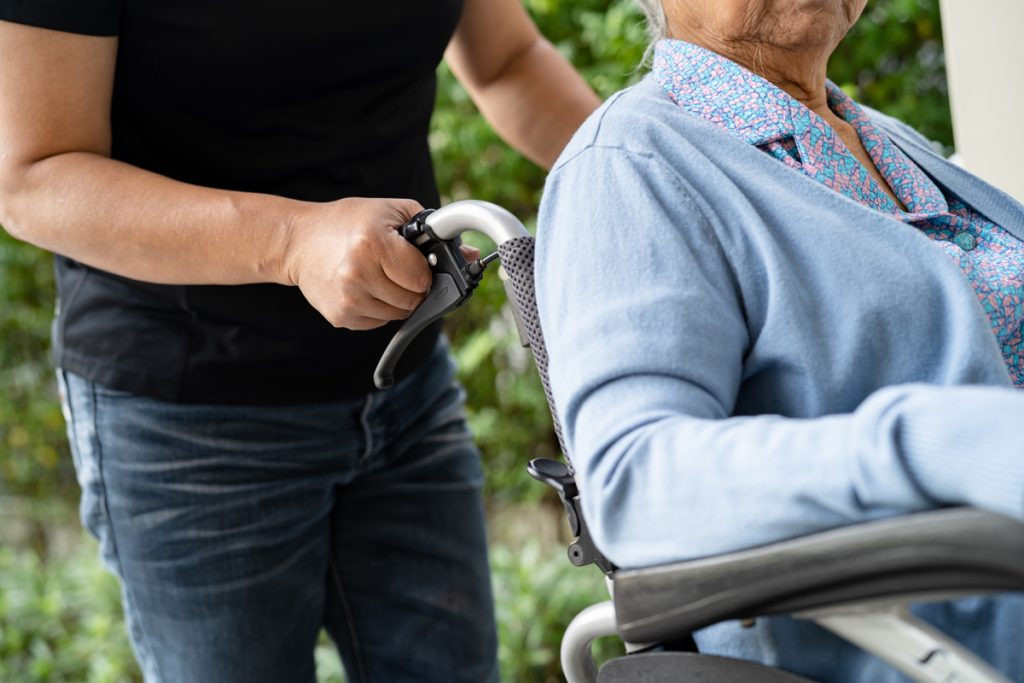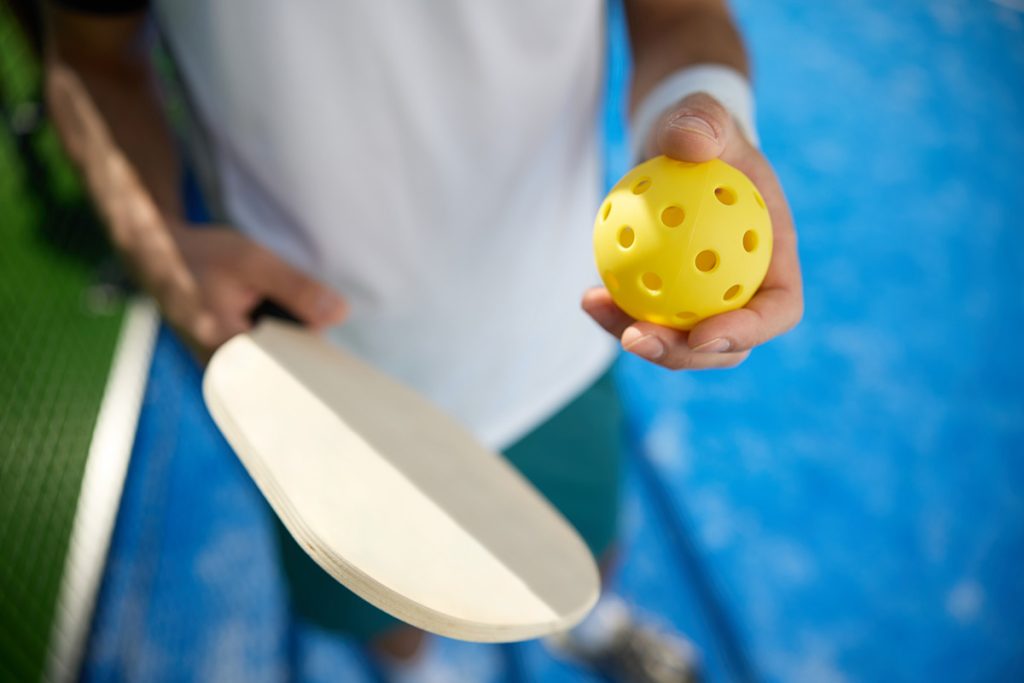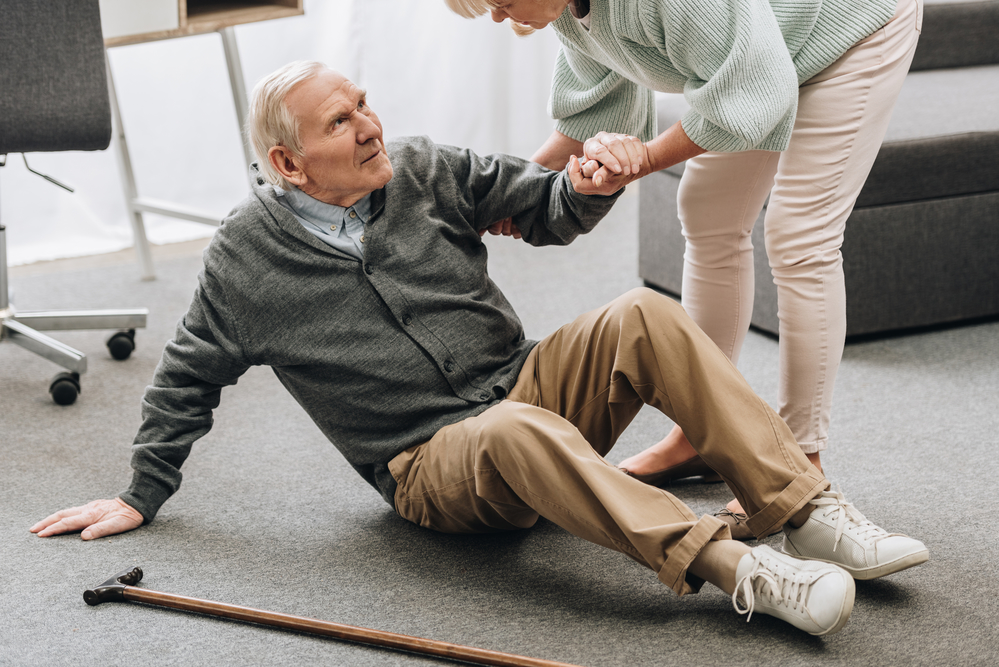Home Safety Tips

Creating a safe environment at home, especially for seniors, is very important. Watch out for these home hazards, and use the following tips to stay safe!
Common Home Safety Hazards
Here are a few of the most common residential safety hazards:
- Fires.
- Falls.
- Choking.
- Cuts.
- Carbon monoxide.
- Strangling.
- Drowning.
- Burns.
Fires
There were more than 363,000 residential fires in the year 2018, according to SafeWise. With more than 3,000 lives lost in these fires, it’s crucial that homeowners do everything they can to prevent these disasters. Follow this guide:
Buy A Fire Extinguisher
Every homeowner should have at least one fire extinguisher in the home. Make sure all family members know exactly where it is located and how to operate the extinguisher. Storing the extinguisher by the kitchen and/or fireplace is suggested.
Install Fire Alarms
Fire alarms should be installed on every level of the home. Some alarms can be monitored using a mobile app.
Unplug Any Unused Appliances
Ensure that all appliances are in good working order, and that no wires are frayed. Do not overload any electrical outlets. It is suggested to unplug any appliances that aren’t used frequently.
Falls
Make sure your home is as safe as possible to neutralize any possibility of slips or falls. Follow these tips:
Floors
- Keep paths free of any furniture in each room of the house.
- Secure all throw rugs with double-sided tape or nonslip backing.
- Make sure there are no other objects, such as papers, boxes, shoes or blankets on the floors.
- Keep all wires securely taped or coiled next to walls.
Kitchen
- Keep most frequently used items on the lower shelves.
- Have a sturdy step stool in the kitchen, if needed.
Bedrooms
- Tub and/or shower floors should have nonstick rubber mats.
- Have grab bars to use for getting in and out of the tub.
- Grab bars can be placed around the toilet, as well.
Bathrooms
- Light(s) should be near the bed within reach.
- Light the path from the bed to the bathroom well with nightlights.
Stairs
- Remove any loose objects from the stairs/steps.
- Fix any broken or uneven steps.
- Make sure there is no loose or torn carpeting in the area.
- Have sufficient lighting above the stairways.
- Make sure there is a light switch at the bottom and top of the staircase.
- Have handrails on both sides, making sure they are not loose or broken.
- Handrails should run the full length of the stairway.
Choking
Unfortunately, choking is one of the leading causes of accidental deaths in the U.S. Use these safety tips to protect yourself and your family from this hazard.
- Inspect children’s toys for any loose parts.
- Keep all choking hazards out of reach.
- Cut up children’s food in small pieces.
Other Hazards
Pests and chemical hazards always pose a threat to homeowners. Use these safety tips:
- Test for radon and lead. Homes built before 1978 tend to contain lead in their paint, pipes and soil.
- Check for mold/mildew.
- Seal up any cracks in your home’s structure.
- Use natural pesticides to avoid any contamination.




